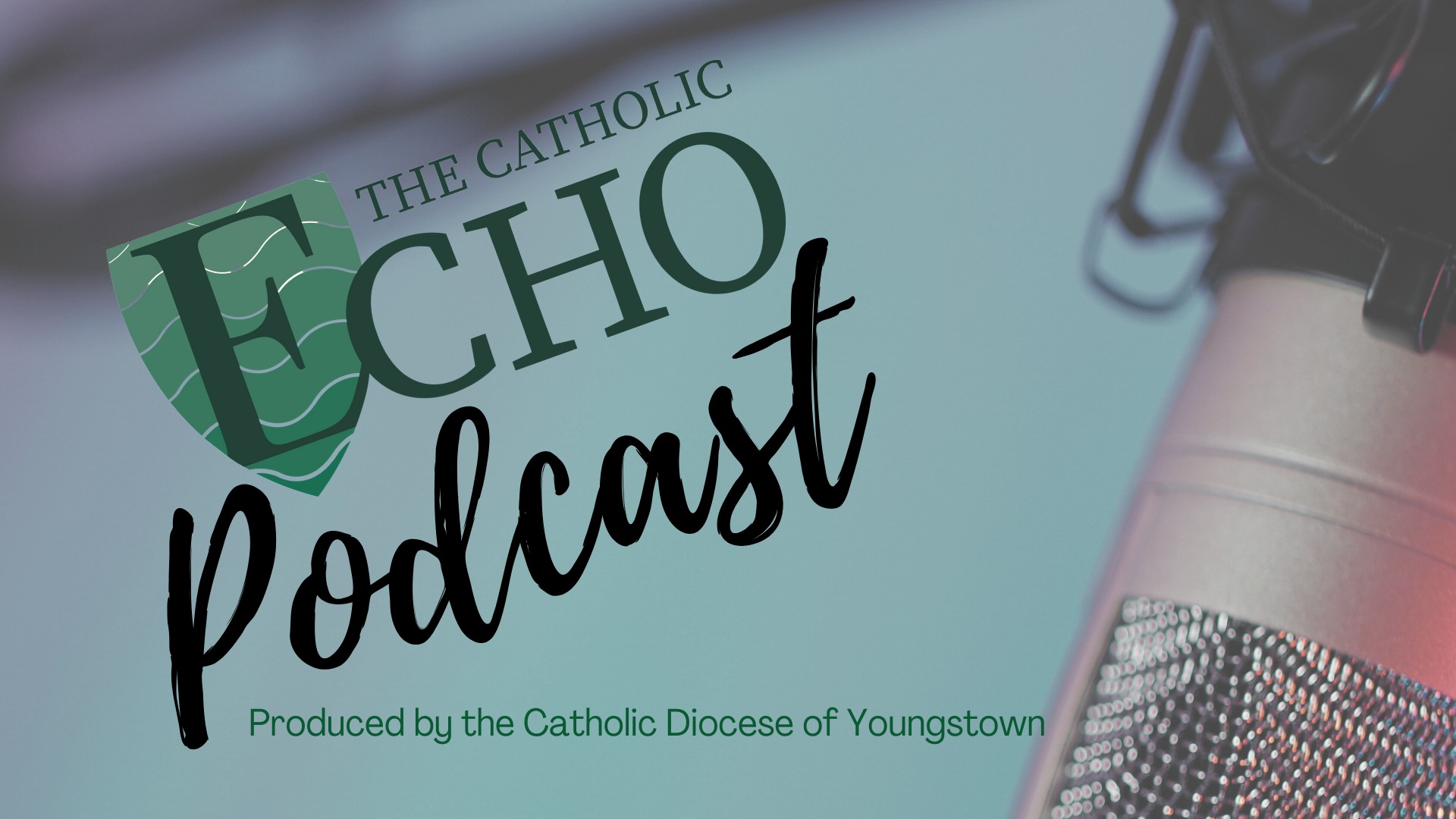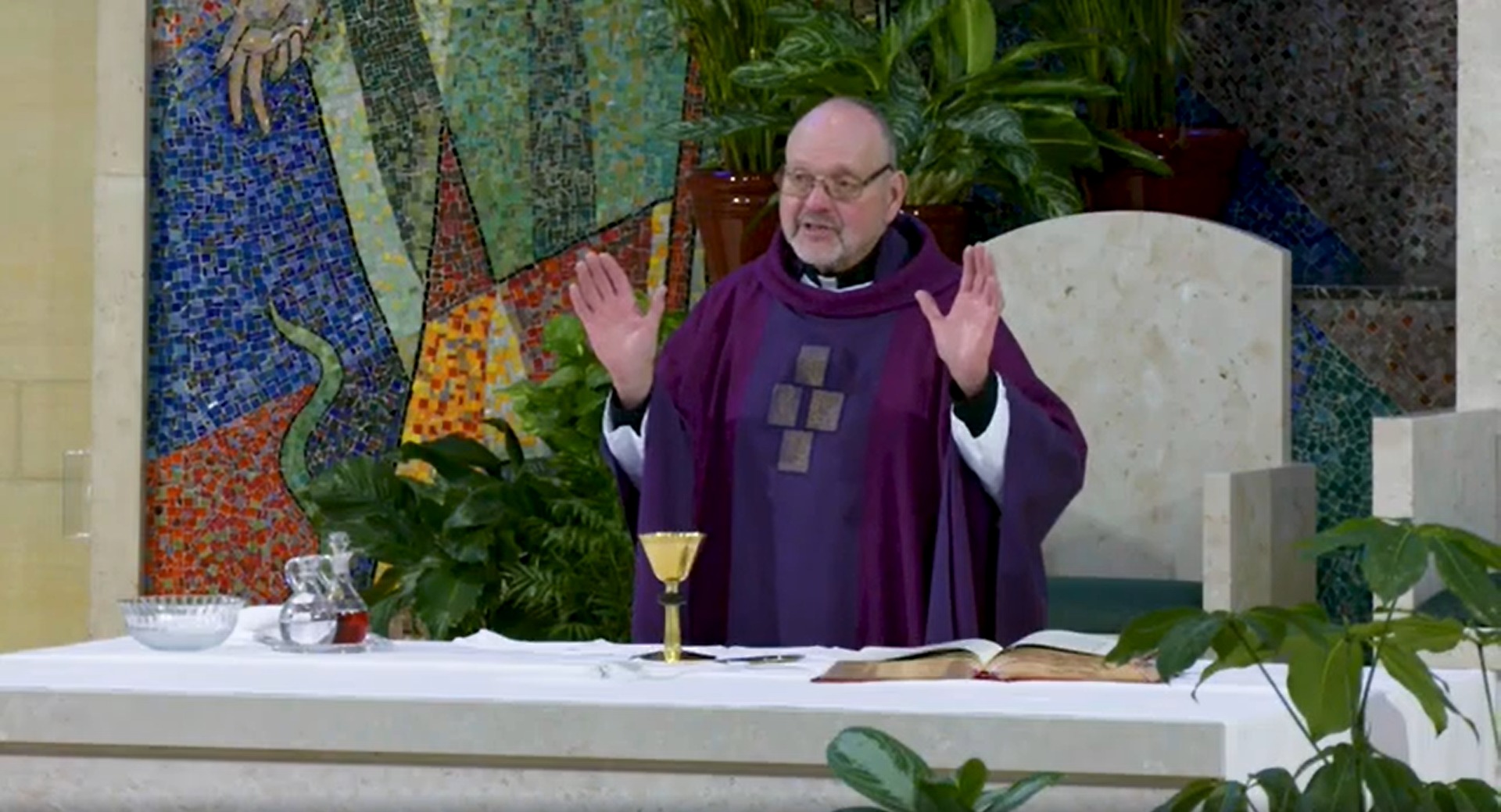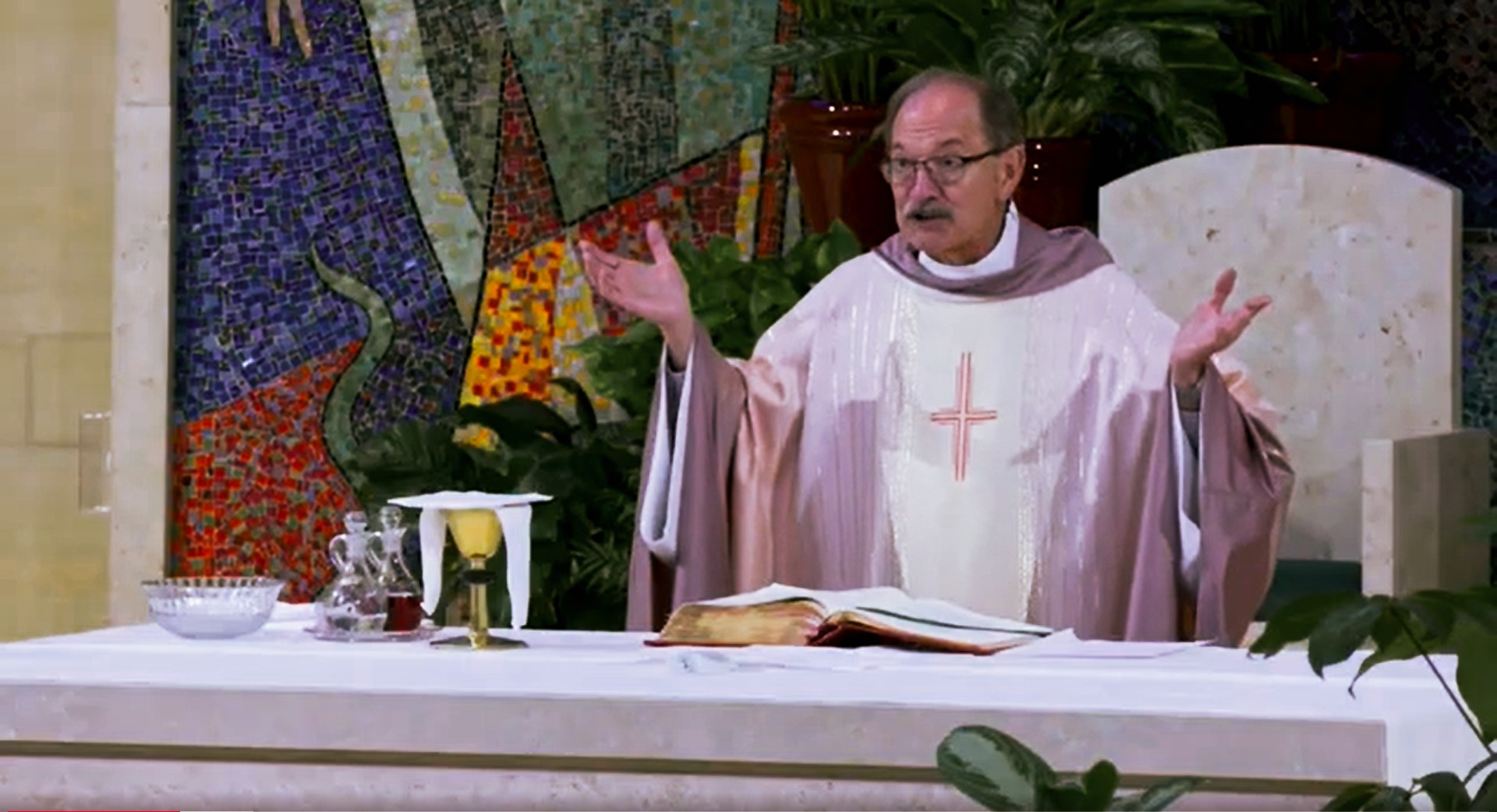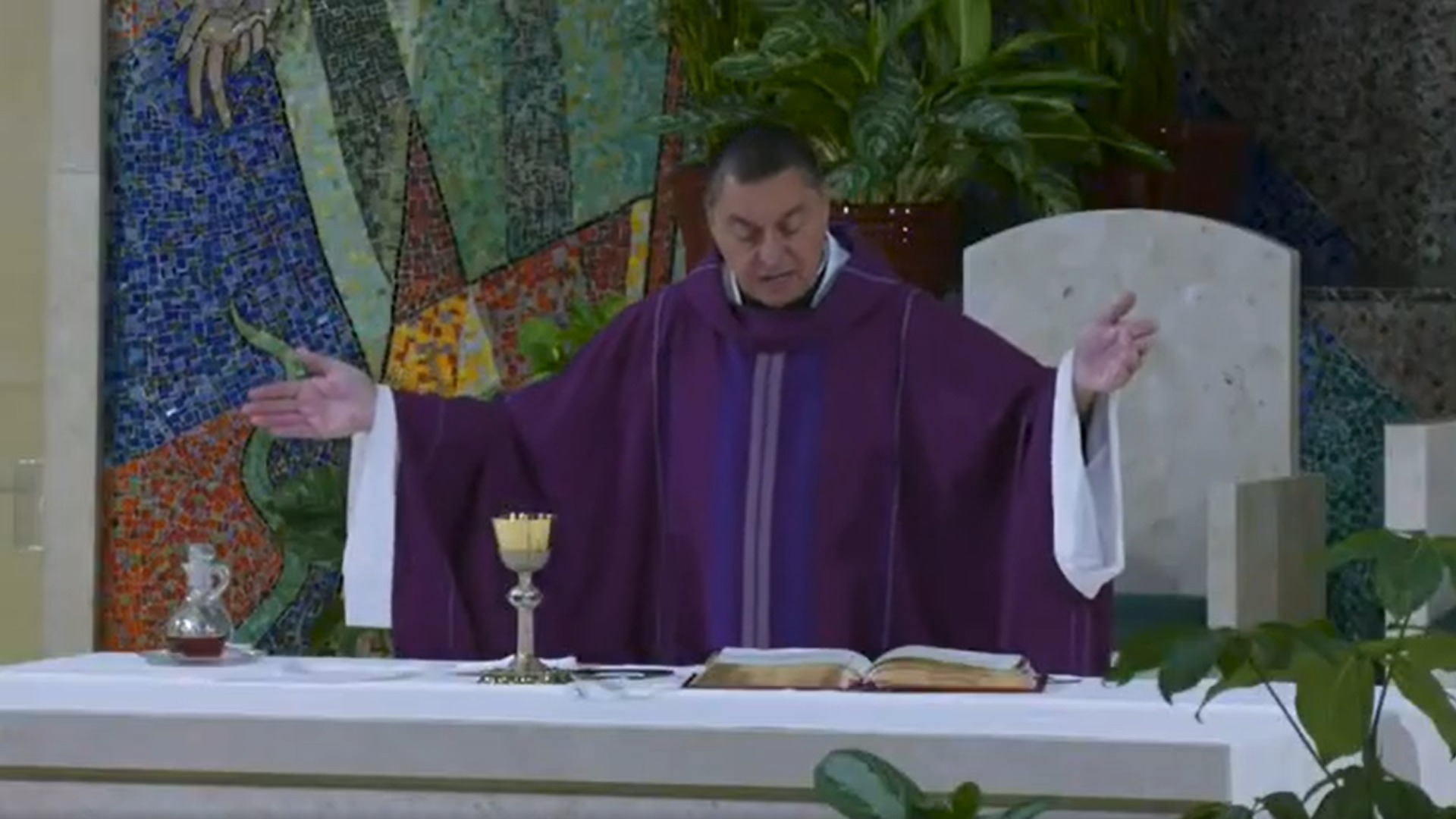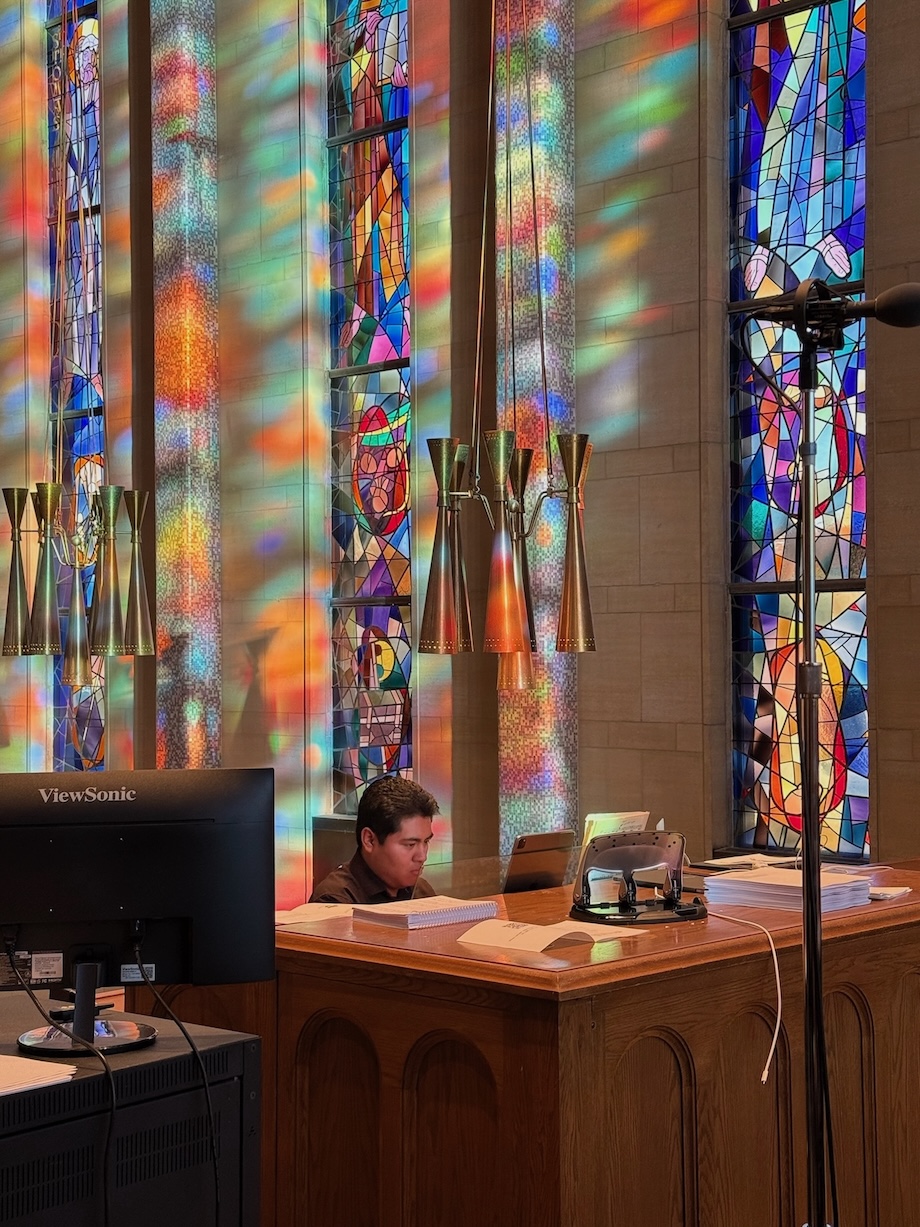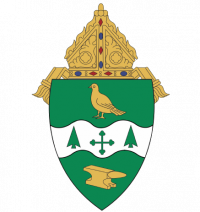Feast Day: March 17
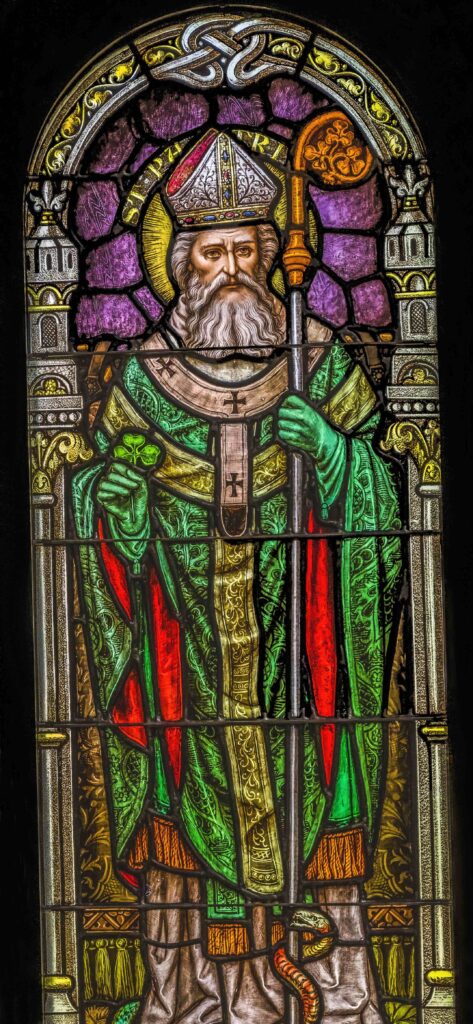
Forget the legends about expelling snakes, duels with Druid priests or using the shamrock to teach about the Trinity. The facts about the life and ministry of Saint Patrick, often referred to as “The Apostle of Ireland,” are impressive enough.
Saint Patrick, a fifth-century bishop and missionary, is revered for his evangelistic zeal, his deeply Trinitarian, Scripture-based faith, his courage and his humility in bringing the Gospel to much of Ireland. Writings attributed to him reveal a flesh-and-blood human being who faced struggles but triumphed through his faith.
The most widely accepted sources of information about Saint Patrick are two pieces of writing that scholars nearly unanimously attribute to him. The first, Confessio (“Confession,” or “Declaration”), is an account of his life. Letter to the Soldiers of Coroticus, who was a Celtic chieftain or king, is Saint Patrick’s condemnation of Coroticus’ abduction, enslavement and slaughter of converts that Saint Patrick brought to Christ.
In his Confessio, Saint Patrick tells of being born in Roman Britain near a coastal town, “Bannavem Taburniae”—its exact location is unknown. His father, Calpornius, was a Roman official. His mother, according to later accounts, was named Conchessa. Though he was not born in Ireland, Britain at the time was as Celtic as Ireland, scholars note.
Saint Patrick writes that he was raised Christian but had lapsed in practicing his faith. Then, at 16, he and thousands of others were abducted by Irish pirates. Saint Patrick was sold into slavery in the West of Ireland, which he perceived as “the ends of the Earth.” Laboring as a shepherd, he turned to God in his desperation.
“The Lord opened up my awareness of my lack of faith,” offering mercy, guidance, protection and consolation, “as a father does for his son,” he wrote.
His faith grew. “In one day, I would pray up to one hundred times, and at night perhaps the same.” After six years, he heard a voice in a dream telling him to flee to his homeland—that a ship was awaiting him. After traveling more than 200 miles, he found the ship. Some complications ensued on the journey, but eventually he returned home to Britain.
After a time, Saint Patrick resumed his studies and aspired to the priesthood. By some later accounts, he studied at the seminary at Auxerre, France, where a plaque memorializes his reported presence there. Though he noted his own failings as a student, which he attributed to lapses in his education, Saint Patrick persevered. He was reportedly ordained by Saint Germanus of Auxerre.
Returning to Britain, he again experienced a dream—of a man, holding countless letters from the Irish people with the message: “Holy youth, walk once more among us.” So, he turned his attention to becoming a missionary. Among his challenges were some vaguely described complaints against him, which Saint Patrick answered. In time, he set out for Ireland.
Though Saint Patrick was not the first Christian missionary to Ireland, there was much for him to do in this isolated, distant land dominated by the Druid religion and many savage tribes. Though Saint Patrick offers few details of his travels, he mentions such hardships as hunger, robbery, beatings and detainment—even as long as 60 days.
What we learn about Saint Patrick in his letter to Coroticus—filled with righteous anger, both personal and godly—is his indignation over the enslaving of Christians. Some scholars have described his letter as the first piece of Christian writing directed against slavery.
Tradition testifies that he founded a church in Armagh, in what is now Northern Ireland. The Archdiocese of Armagh has stood for centuries as the seat of the Primate of All Ireland.
Saint Patrick’s life and work have drawn comparisons with Saint Paul’s. His name is revered far beyond his adopted country. For his Feast Day, March 17, parades are held in his honor all around the world, and every day of the year churches, schools and other institutions stand in his honor as well.
In our diocese, parishes in Kent, Hubbard, Youngstown and Leetonia bear his name—as does Saint Patrick Church in Kinsman, which is part of Our Lady of Hope Parish.
After centuries, Saint Patrick’s words still resonate: “I cannot be silent … about such great blessings and such a gift that the Lord so kindly bestowed in the land of my captivity. This is how we can repay such blessings—when our lives change and we come to know God, to praise and bear witness to His great wonders before every nation under heaven.”






